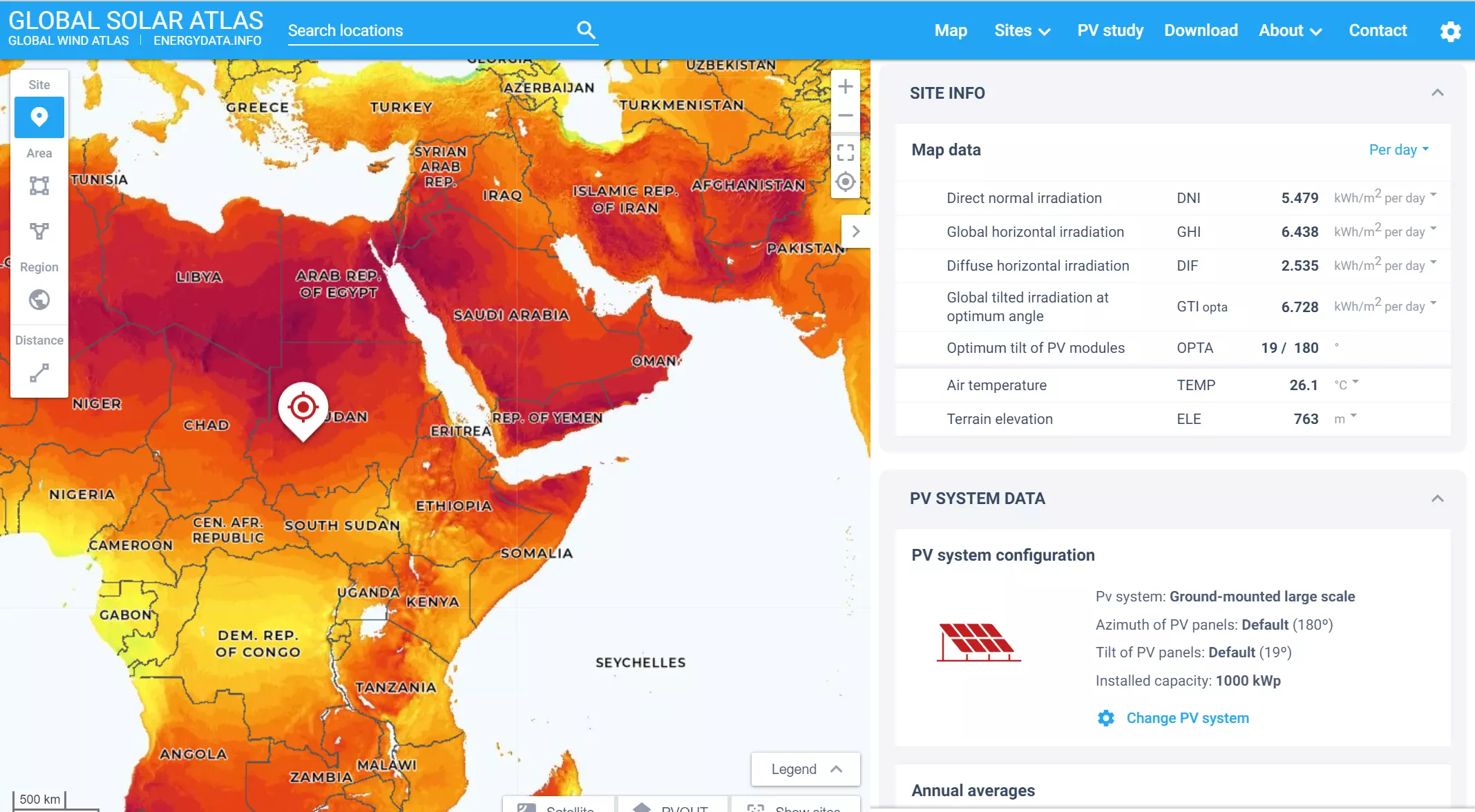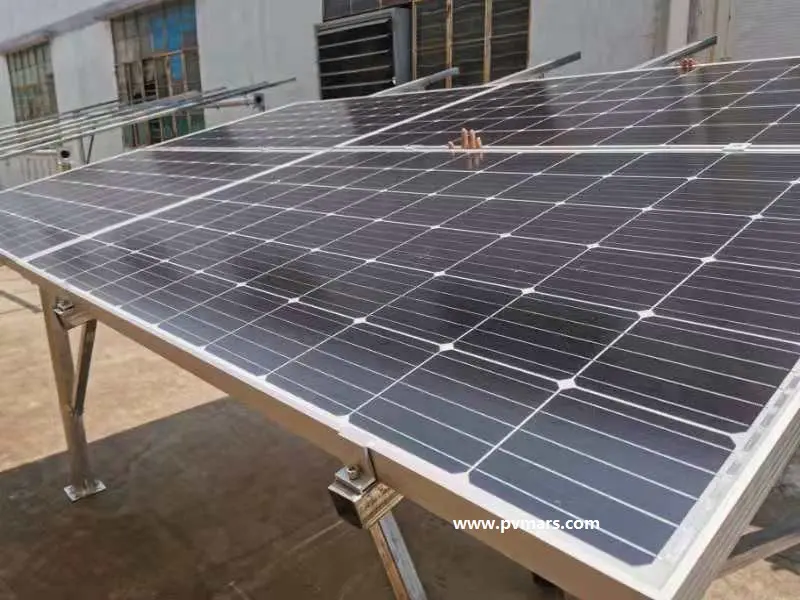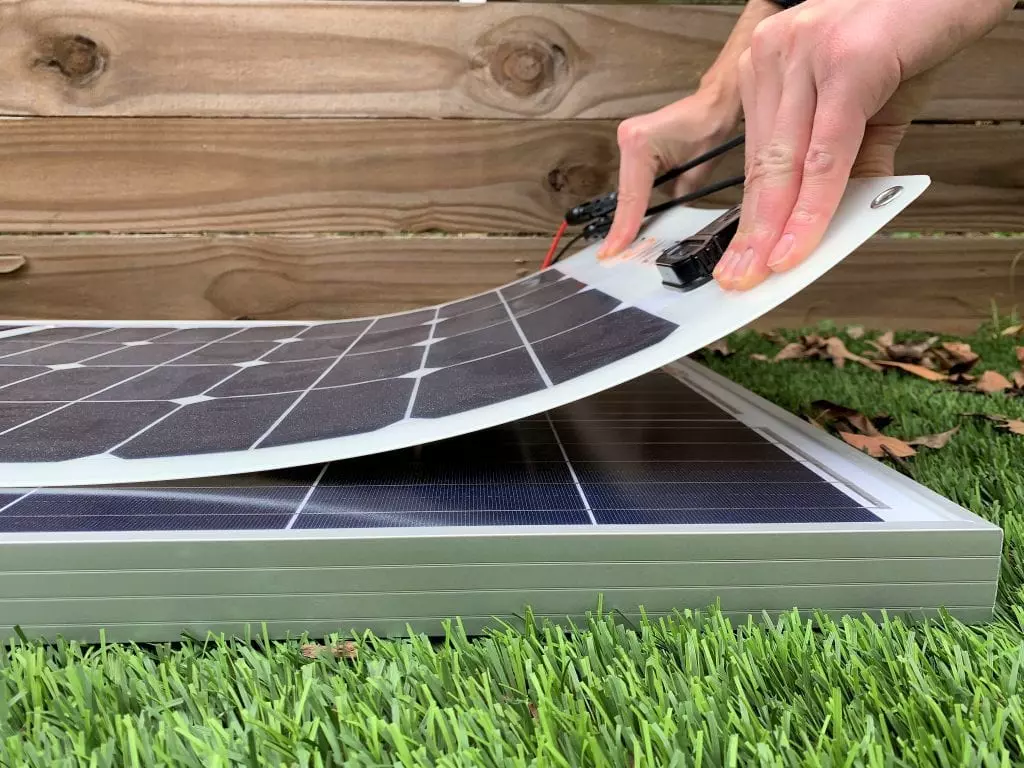Output energy is vital for PV solar systems. The output energy of a photovoltaic solar system greatly impacts user benefits.
Therefore, in the early stage of PV solar systems construction, we will make a theoretical prediction of the output energy of the photovoltaic power station.
This is used to analyze the return on investment and then decide whether the project is worth building.
This process is usually calculated and analyzed based on various factors such as the local annual solar radiation and power generation efficiency!
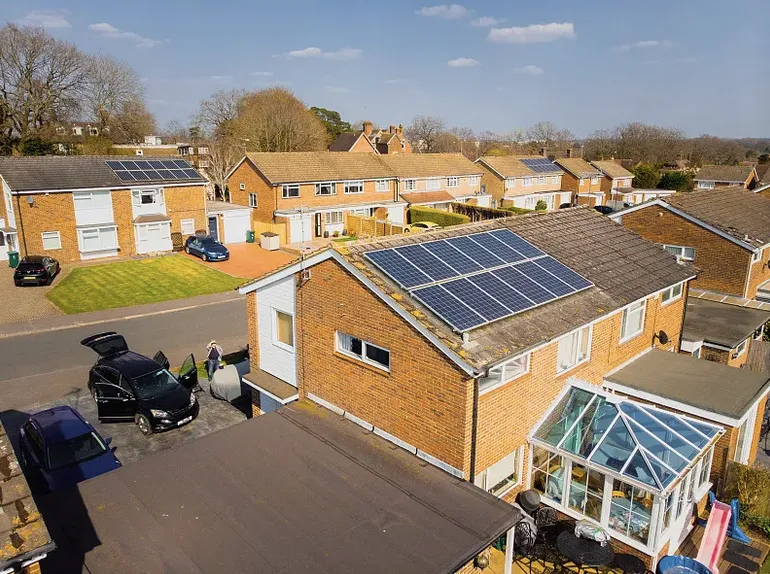
Factors affecting photovoltaic output energy
The factors that affect the output energy of photovoltaic solar energy systems mainly include capacity, efficiency, and solar radiation.
Installed capacity of photovoltaic system
A solar power system’s installed capacity is the sum of its rated power. Thus, the installed capacity is crucial to photovoltaic power station power generation.
Under the same other conditions, the larger the solar panel, the more output energy.

Solar energy system efficiency
Two factors determine the efficiency of solar power: the conversion efficiency of the solar array and the energy efficiency ratio (PR)
PR refers to the ratio of the power output of the photovoltaic power generation system to the solar energy received by the solar array.
It has nothing to do with the capacity of the solar system, the solar radiation at the installation site, the inclination and orientation of the array, and other conditions.
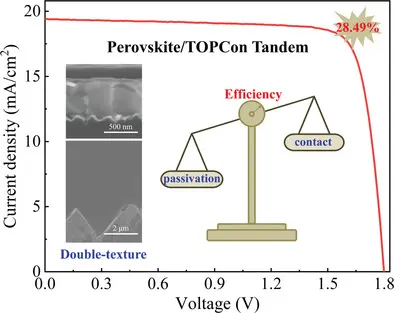
Solar irradiation
The same power solar panel array, installed in different regions, will have different output energy.
The electrical energy generated by the solar system depends on the amount of solar radiation it receives.
Since solar radiation is random, it is impossible to accurately measure the solar radiation of the solar power station every day. Generally, the average value of the local solar radiation data for many years is used.
You can click on the picture below, enter the corresponding address coordinates, and view the average sunshine time of the day.
How to calculate the output energy of the solar system?
According to the factors that affect the output energy of photovoltaics mentioned above.
We can use theoretical calculations, actual measurements, empirical estimates, software simulations, and radiation calculations to count the output energy of the solar system.
Next, PVMars will give examples one by one, please follow us!
Calculating PV solar system output energy theoretically
The theoretical output energy (E) of a solar power station can be calculated by the following formula:
E=Pr×H×PRE =Pr×H×PR
E: Output energy (kWh)
Pr: Rated power of the solar energy system (kW), that is, the total power of all photovoltaic modules under standard test conditions (STC)
H: Annual average solar radiation (kWh/㎡), usually expressed as daily radiation multiplied by 365 days
PR: Performance ratio, which represents the overall efficiency of the system, including photovoltaic module efficiency, inverter efficiency, line loss, etc.
Calculation steps:
Solar modules are rated according to their power under standard test conditions (1000 W/m2 of irradiance at 25°C).
If a photovoltaic power station is equipped with 1000 modules with a rated power of 300W, the total rated power is Pr=1000×0.3kW=300kW.
Obtaining the annual average solar radiation (H) The annual average solar radiation can be obtained through meteorological data in kWh/㎡. For example, the average annual solar radiation in a certain place is 1500 kWh/㎡.
When you calculate the performance ratio, it’s usually between 0.75 and 0.85. The calculation of PR takes into account the following factors: Assume that PR is 0.8
PV module efficiency: about 15% to 20%
Inverter efficiency: about 95% to 98%
Line loss, dust shielding, temperature effects, and other losses
For example:
Assume that the parameters of a photovoltaic power station are as follows:
PV system rated power (P_{r}): 300 kW
Annual average solar radiation (H): 1500 kWh/㎡
Performance ratio (PR): 0.8
Then the annual output energy (E) is: E=300kW×1500kWh/m²×0.8 =360,000kWh
Measure the output energy of the PV solar system
Using the actual measurement method to calculate the power generation of the photovoltaic power station is an accurate way to ensure system performance.
This method can evaluate the impact of various factors on power generation in actual operation. The following data are usually collected:
Electricity meter: measures total power consumption.
Solar radiometer: used to measure actual solar radiation.
Environmental monitoring equipment: including temperature, humidity, wind speed, and other sensors.
The calculation formula is as follows:
P(ti)——Instantaneous power (kW) at time point P(ti)
△t——Time interval (hours)
PV solar station energy output estimation
This method analyzes the historical power generation data of other photovoltaic power stations in the same region or under similar conditions.
Combined with local sunshine conditions, climate characteristics, and other factors, the possible power generation of new photovoltaic power stations is estimated.
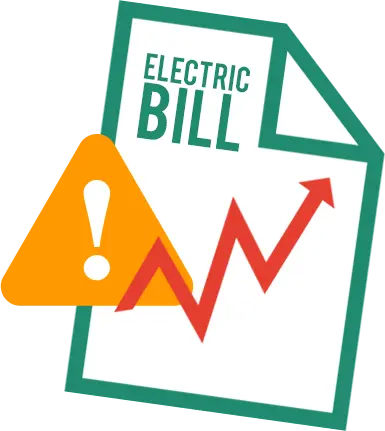
Using software to simulate solar power stations
The calculation of photovoltaic power station power generation can be carried out by software simulation method.
This is a common method in the design and analysis of modern photovoltaic systems.
This method can simulate solar radiation, system component characteristics, and other environmental factors through professional software to predict the power generation of photovoltaic systems.
At the moment, there are mostly PVSyst, HOMER, and SAM (System Advisor Model).

The general steps are as follows:
PV module parameters: including module type, power, efficiency, temperature coefficient, etc.
Inverter parameters: including efficiency, power, input voltage range, etc.
System layout: including module arrangement, inclination, azimuth, etc.
Enter meteorological data
Use local meteorological data, including annual average solar radiation, temperature, humidity, wind speed, etc.
In most cases, these data can be found in meteorological databases.
Set system losses
System losses include cable losses, dust shielding, shading effects, temperature effects, etc.
These losses can be adjusted by default values in the software, or manually set according to actual conditions.
Run simulation
Use the software to run the simulation and calculate the annual power generation of the system under given conditions.
The software will generate a detailed power generation report and performance analysis by simulating the operation of one day and one year.
Analyze results
Analyze the simulation results and view detailed data such as power generation, performance ratio, system loss, etc.
Optimize the system design based on the results, adjust the arrangement of components, select a more efficient inverter, etc.
Example:
Suppose we use PVSyst software to simulate a 1 MW photovoltaic power station. The steps are as follows:
Enter the parameters of photovoltaic modules and inverters: module power: 300 W, module efficiency: 18%, inverter efficiency: 97%
Enter meteorological data: annual average solar radiation: 1600 kWh/㎡, annual average temperature: 25℃
Set system losses: cable loss: 2%, dust shielding: 3%
Run simulation: The software calculates the annual power generation and performance ratio.
Analysis results: Check the annual power generation report and assume that the annual power generation is 1,280,000 kWh.
Calculate the output energy of solar panels by radiation

Ep=HA*S*K1*K2
HA—Total solar radiation on the inclined surface (kW.h/m²)
S—Total area of solar panels (m²)
K1—Conversion rate of solar panels
K2—System overall efficiency
The overall efficiency coefficient K2 is a correction coefficient after considering the influence of various factors, including:
1) Energy reduction of factory power, line loss, etc.
The loss of AC and DC distribution rooms and transmission lines accounts for about 3% of the total power generation, and the corresponding reduction correction coefficient is taken as 97%.
2) Inverter reduction
The inverter efficiency is 95%~98%.
3) Operating temperature loss reduction
The efficiency of photovoltaic cells will change with the temperature during operation.
When their temperature rises, the power generation efficiency of photovoltaic modules will tend to decrease. Generally speaking, the average operating temperature loss is around 2.5%.
4) Other factors reduction
In addition to the above factors, the output energy of solar power stations is also affected by unusable solar radiation loss and maximum power point tracking accuracy, as well as other uncertain factors such as grid absorption.
The corresponding reduction correction coefficient is taken as 95%.
This calculation method is a variation of the first method and is suitable for projects with tilt installation.
In the case of tilt surface irradiance (or horizontal irradiance, it is tilt surface irradiance that is needed), then more accurate data can be calculated.
Calculation of the PV solar system's output energy
Take a 1MWp rooftop project in a certain place as an example. The project uses 4000 250W modules with a module size of 1640*992mm and is connected to the grid with a voltage level of 10KV.
The local horizontal solar radiation is 5199 MJ· m-2, and the system efficiency is calculated as 80%.
First, we need to convert solar radiation from MJ·m^-2 to kWh·m^-2, because 1MJ = 0.27778kWh.
Then, based on the total installed capacity of the system (1MWp), solar radiation, and system efficiency, we can estimate the annual power generation.
Convert solar radiation (as shown in the figure):

Calculate the annual power generation of the solar system (as shown in the figure):

Wherein, the capacity of the PV system is 1MWp and the system efficiency is 80%.
Let’s do the calculation.
Taking this 1MWp rooftop photovoltaic project as an example, considering the local horizontal solar radiation of 5199 MJ·m^-2 and the system efficiency of 80%, the theoretical annual power generation of the project is about 421,700 kWh.
Finally
If you don’t want to do such a complicated calculation, you can also contact our professional technicians to provide you with a complete set of solar system solutions.
This will include solar panels, charge controllers, inverters, batteries (optional), brackets, wires and installation tools, etc.
In addition, our technicians will customize differentiated products and services based on the usage environment you provide.
Please follow PVMars to build your solar power station simply and quickly!

